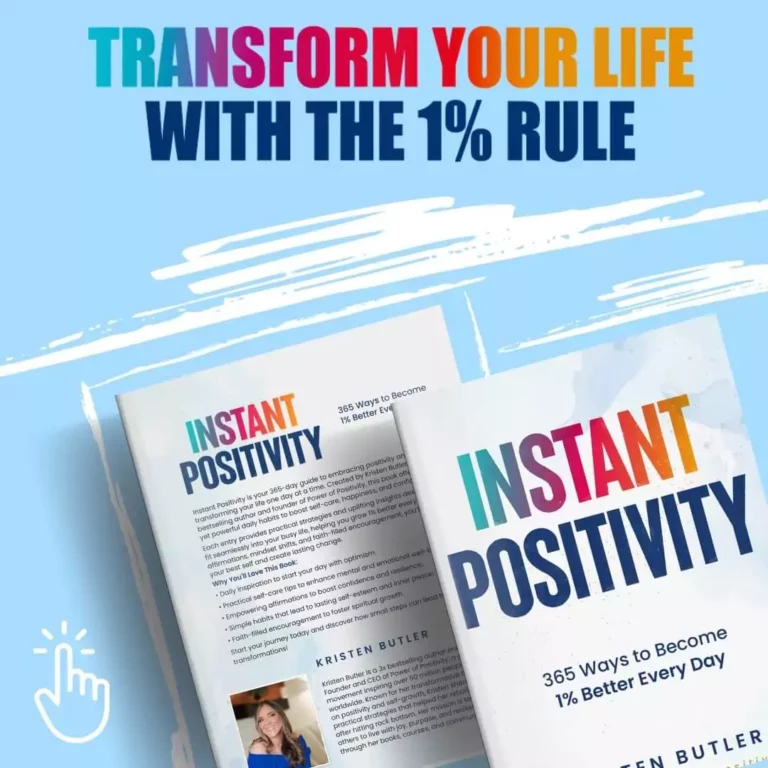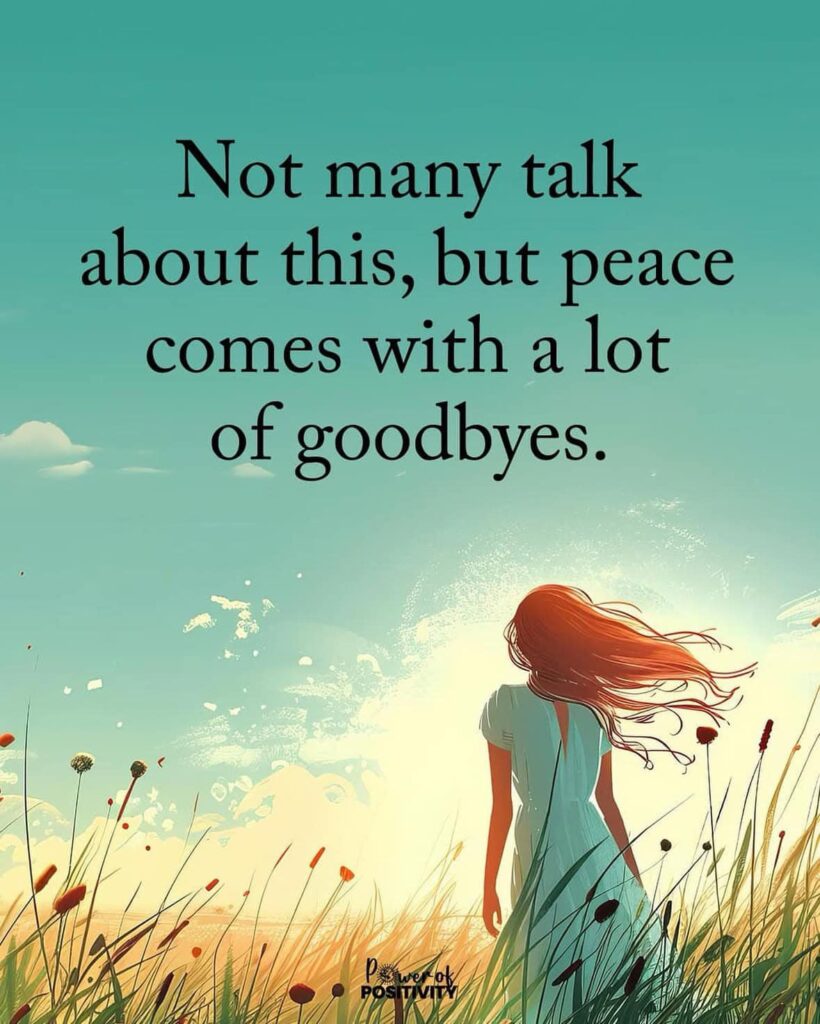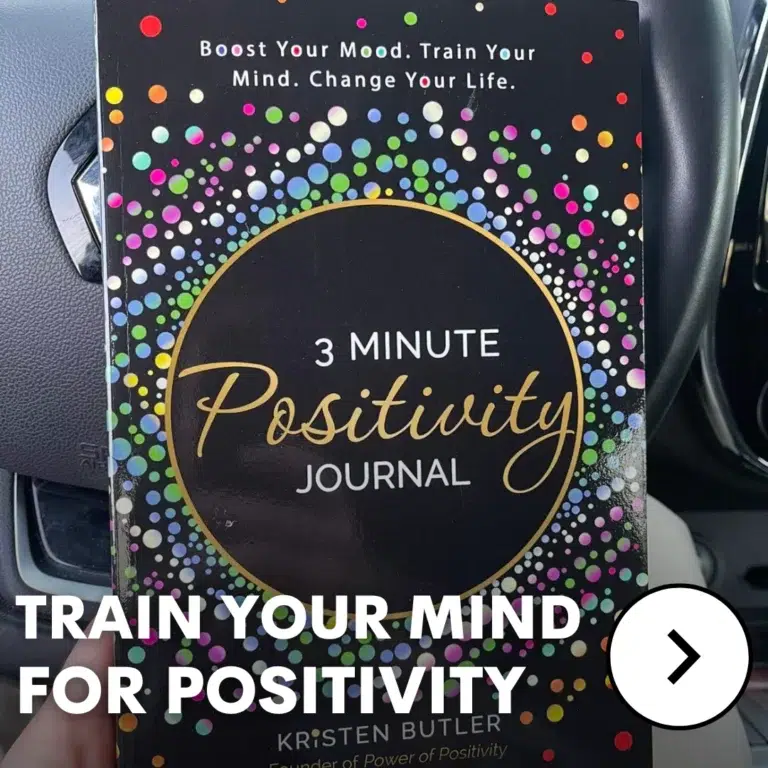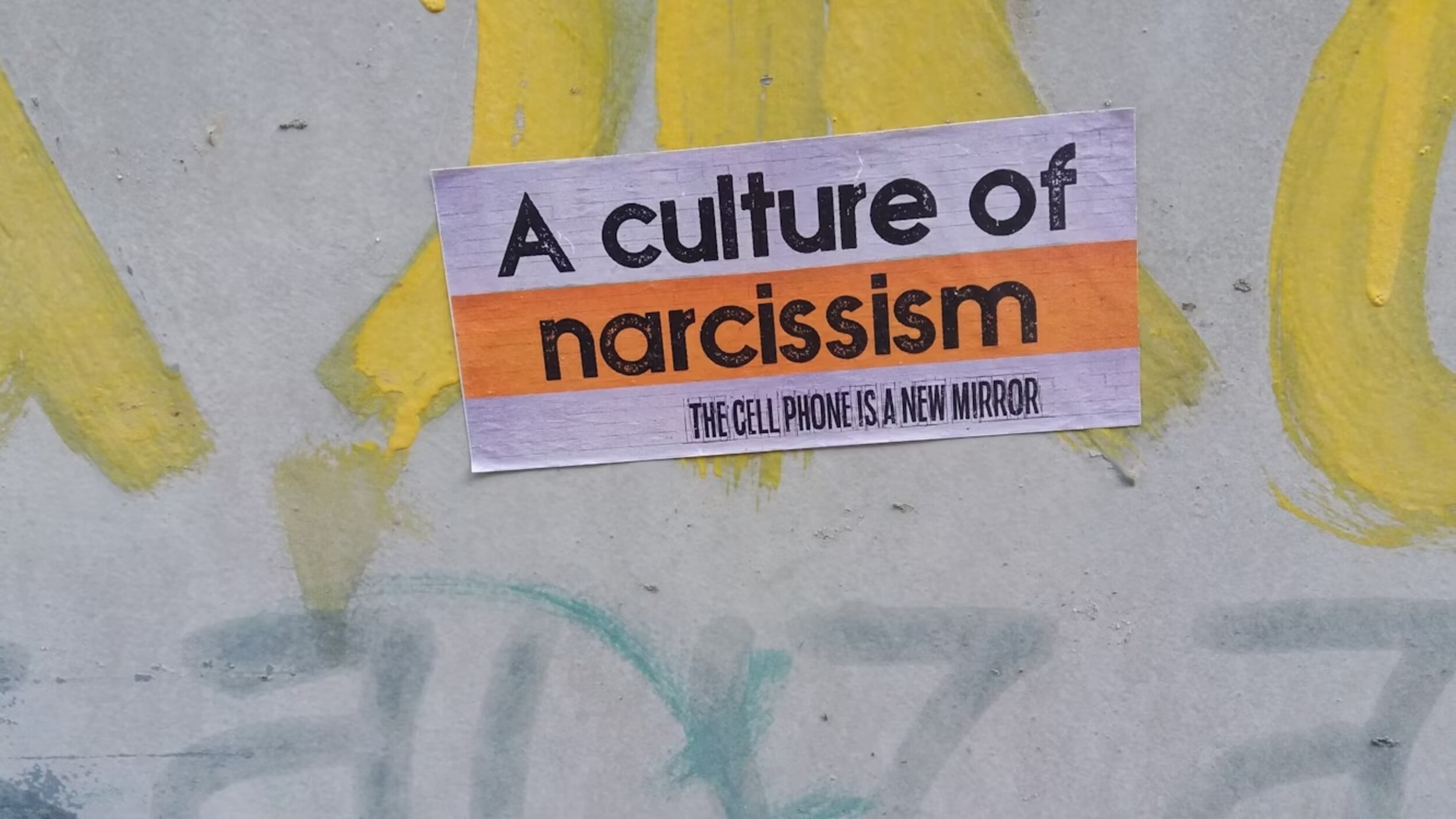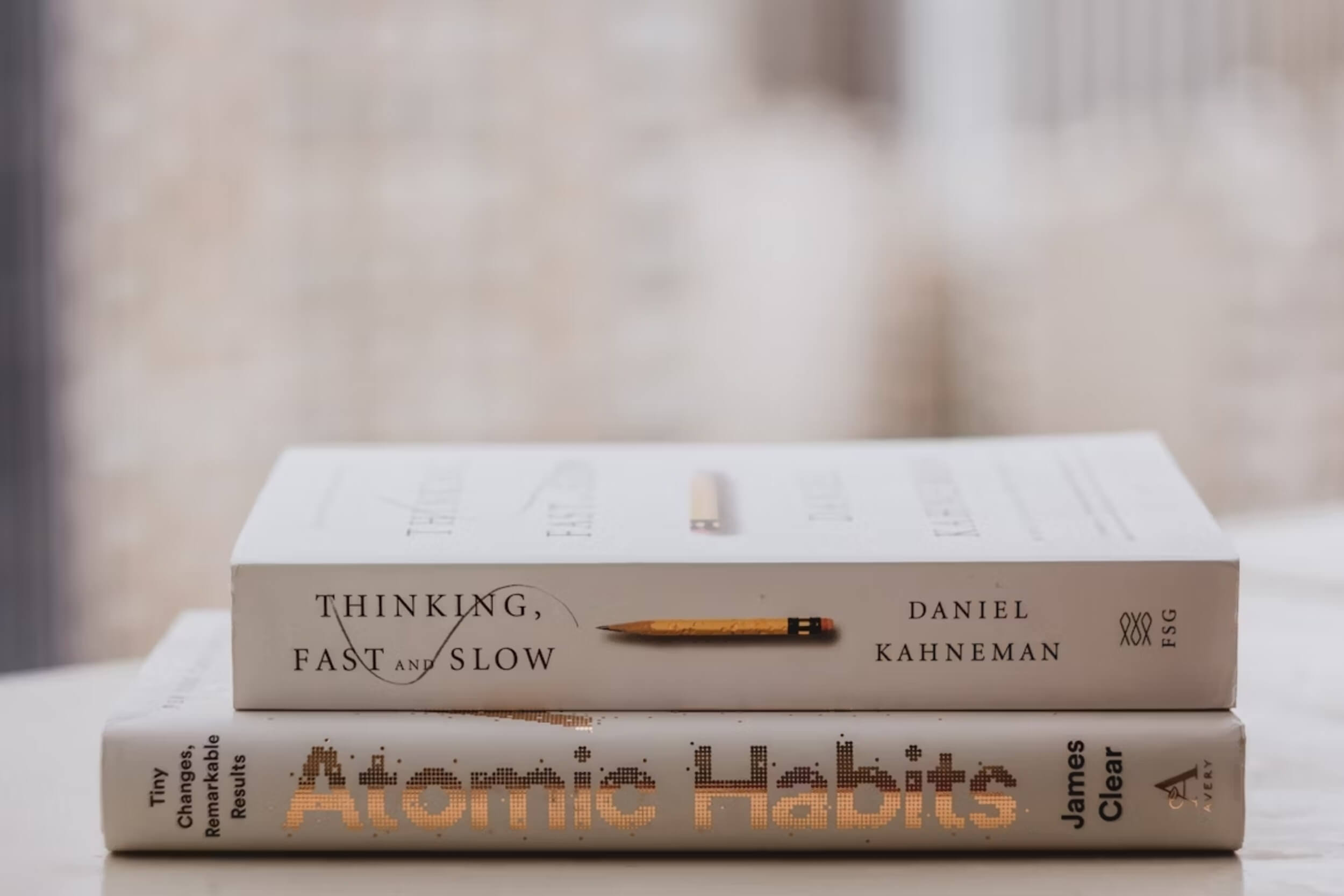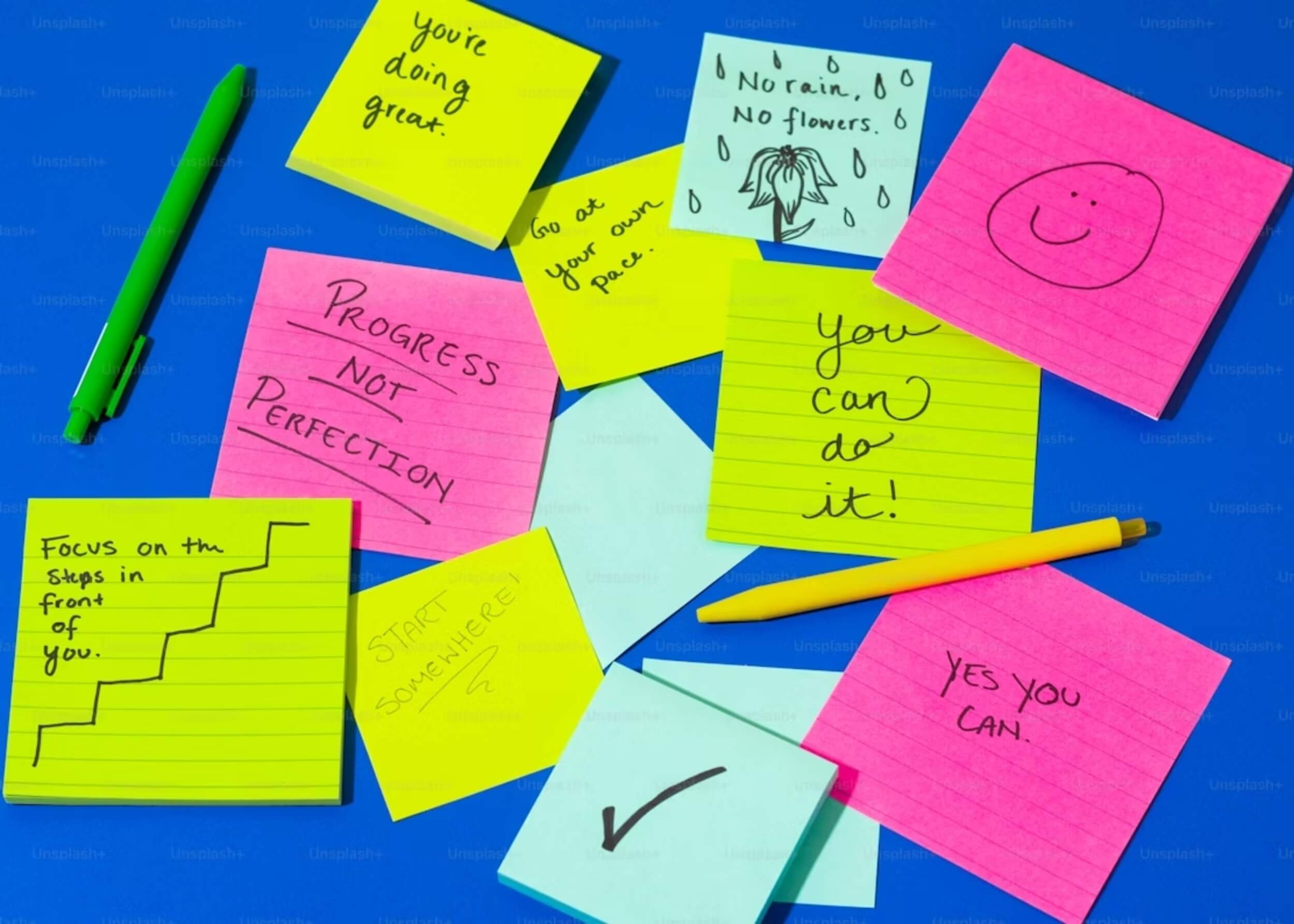How often do you catch yourself replaying old hurts in your mind, feeling the same sting over and over again? Holding onto pain can feel like carrying an invisible weight that never lets up. Healing through forgiveness isn’t about excusing what happened—it’s about freeing yourself from that burden.
When we forgive, we open the door to emotional healing, better relationships, and peace within ourselves. But let’s be honest: forgiveness isn’t always easy. It’s hard to let go of resentment, especially when the pain feels so personal. That’s why this guide breaks down forgiveness into six simple steps. Each step is designed to help you understand the process and move forward in a way that feels right for you.
What if letting go could bring you the freedom you’ve been searching for? Keep reading to uncover how forgiveness can heal your heart and transform your life.
Step One: Acknowledge the Need for Forgiveness
Unresolved pain has a way of showing up in everyday life. It can linger in how we react to others, causing tension in relationships or leaving us feeling constantly on edge. Emotional distress often builds up, affecting sleep, energy, and even physical health. Holding onto hurt can feel like carrying a heavy weight that drains your peace and joy.
Healing through forgiveness begins with recognizing that holding onto resentment doesn’t punish the person who hurt you—it only holds you back. Forgiveness isn’t about letting someone off the hook; it’s about giving yourself the freedom to move forward.
When you carry resentment, it can show up as anxiety, frustration, or even physical discomfort like headaches or fatigue. Relationships may suffer because old wounds cloud your ability to trust or connect. By acknowledging the impact of unresolved pain, you take the first step toward freeing yourself from its grip and opening the door to healing.
Step Two: Define What Needs to Be Forgiven
You can’t forgive what you haven’t clearly identified. Taking time to define what hurt you allows you to understand the weight you’ve been carrying. Healing through forgiveness starts with recognizing specific events or actions that caused the pain.
One simple way to begin is by writing things down. You could create a journal or a timeline to map out moments that still feel heavy on your heart. For example, note who was involved, what happened, and how it affected you emotionally. This process isn’t about dwelling on the past—it’s about giving structure to your feelings so they’re easier to address.
As you go through this, pay attention to patterns. Does the hurt come from the same person repeatedly? Or are there multiple instances with different people? Recognizing these patterns can help you better understand the root of your pain and whether certain relationships need extra care or boundaries.
Defining the emotional impact is just as important. Did the event make you feel unworthy, rejected, or angry? Naming these feelings helps you acknowledge the deeper layers of what needs to be forgiven. By being specific, you can focus on truly letting go, one hurt at a time, rather than being overwhelmed by everything all at once. This clarity gives you the foundation to move forward in your journey of healing through forgiveness.
Step Three: Separate Intent from Impact
Understanding the difference between intent and impact can change how you view painful experiences. Many offenses aren’t meant to harm—they happen because of miscommunication or personal struggles that spill over into relationships. Healing through forgiveness becomes easier when you focus on this distinction.
Sometimes, people act in ways they think are harmless, but their actions leave a deeper mark than they realize. For example, a friend who forgets your birthday might seem thoughtless, but they may have been overwhelmed with their own challenges. Or a parent who was strict growing up might have acted out of love, hoping to protect you, even though their words felt harsh at the time.
By pausing to consider someone’s intent, you allow room for a different perspective. Misunderstandings are common in close relationships, especially when emotions run high. It’s easy to assume the worst, but often, the person who hurt you may not have realized the full impact of their actions.
Try to think about what might have been going on in their life at that moment. Were they stressed, tired, or struggling themselves? This doesn’t erase the pain you felt, but it can help soften the resentment. Shifting your focus from blame to understanding creates space for healing through forgiveness and reduces the emotional weight these experiences carry. Recognizing intent allows you to see the bigger picture, paving the way for clarity and peace.
Step Four: Set Boundaries to Prevent Harm
In situations where someone has intentionally hurt you, forgiveness doesn’t mean allowing the harmful behavior to continue. Healing through forgiveness is about finding peace, but it also means protecting yourself. Setting boundaries is an important step in making sure that you’re safe while working through the process of letting go.
Forgiving someone doesn’t require keeping them in your life. If someone’s actions have been deliberately harmful, such as constant manipulation or abuse, boundaries are necessary for your well-being. Distancing yourself doesn’t mean you haven’t forgiven—it means you value your peace and safety.
Boundaries can take many forms, like limiting contact with toxic individuals or deciding what behavior you will no longer tolerate. If the situation is more serious, seeking professional support from a counselor or therapist can help you navigate these choices. In some cases, involving legal action or outside intervention may be necessary to ensure your safety.
Healing through forgiveness doesn’t mean ignoring what happened. It’s about learning from the experience and taking steps to avoid further harm. By setting clear boundaries, you protect yourself emotionally and physically while giving yourself the space to heal. Forgiveness allows you to let go of resentment, but boundaries make sure you’re not opening yourself up to the same pain again. Both are essential for moving forward.
Step Five: Find Ways to Let Go Emotionally, Physically, and Spiritually
Letting go of pain is a process that happens on many levels. Healing through forgiveness isn’t just about changing your mindset—it’s about freeing your emotions, body, and spirit from the weight of hurtful experiences.
Emotional Letting Go
Writing can be a powerful tool for emotional release. Try writing a letter to the person who hurt you, expressing everything you need to say. You don’t have to send it; the act of writing is enough to get those feelings out. Talking with someone you trust, whether it’s a friend, family member, or counselor, can also help you process your emotions in a safe space.
Physical Letting Go
Sometimes emotional pain feels like it’s stuck in your body, and physical actions can help release it. Write down your hurt on a piece of paper, then burn it or shred it as a way of letting it go. Symbolic actions like releasing balloons can also create a sense of freedom. Activities like running, yoga, or even dancing allow your body to let go of tension and release pent-up feelings.
Spiritual Letting Go
For many people, spiritual practices offer comfort and healing. Prayer or meditation can help you let go of burdens, giving you a sense of peace and connection to something greater than yourself. Rituals, like imagining your pain being carried away or leaving it behind at a meaningful place, can create a powerful sense of closure.
By letting go on these three levels, you create space for healing and peace to take root in your life.
Step Six: Move Forward with Gratitude and Joy
Forgiveness opens the door to a life filled with personal growth and happiness. By letting go of past hurts, you create space for emotional freedom, healed relationships, and a sense of peace that’s hard to find when resentment lingers. Forgiveness isn’t just about releasing pain; it’s about giving yourself the opportunity to live fully and joyfully.
When you let go of grudges, you’ll notice a weight lifted off your shoulders. Stress and emotional tension begin to fade, allowing you to focus on what truly matters—your happiness, your health, and the people who bring positivity into your life. Relationships often grow stronger after forgiveness, as you’re no longer carrying the baggage that once created distance or mistrust.
Gratitude is a powerful tool for maintaining this sense of peace. Focusing on what you have, rather than what you’ve lost, helps you stay grounded and joyful. Start small by appreciating the little things—a kind word, a sunny day, or even the progress you’ve made in your own healing journey. Gratitude shifts your perspective and keeps you moving forward in a positive direction.
Healing through forgiveness is not the end of your story—it’s the beginning of a new chapter. By choosing forgiveness, you’re choosing freedom, happiness, and a life that’s no longer defined by old pain. This step isn’t about forgetting what happened; it’s about letting it shape you into someone stronger, wiser, and filled with joy.
Final Thoughts: Embracing the Journey of Forgiveness
Forgiveness is not something that happens overnight. It’s a journey, and like any journey, it takes time and patience. Some days it might feel easier, while other days the hurt may feel fresh again. That’s okay. Healing through forgiveness is a process, and every small step you take brings you closer to peace.
Be kind to yourself as you move forward. Each step—acknowledging your pain, defining what needs healing, setting boundaries, and letting go—helps you grow stronger. Forgiveness doesn’t erase the past, but it does give you the power to shape your future.
Take it one day at a time. You don’t have to have it all figured out right now. Every small effort adds up, and before you know it, you’ll feel the weight lifting. Healing through forgiveness is about freeing yourself, finding peace, and living with joy again.




